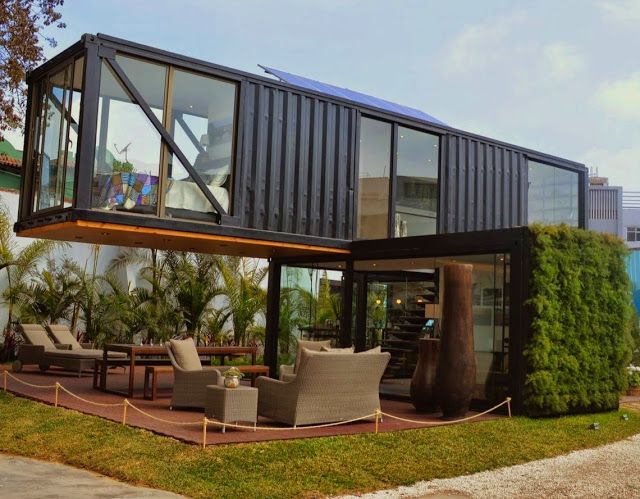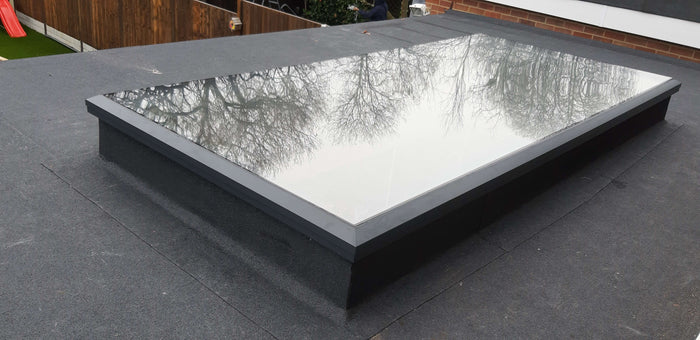Differences Between Traditional, Modular, and Prefab Houses
4 min read
In the past 70 years, the design and construction of houses have changed dramatically. This raises questions about the differences in the types of houses that are offered by the real estate market. The most popular types of houses currently are Prefab Houses, Modular Homes, and Traditional Homes.
The difference in practice would not be apparent when you live in one of them. No matter what type of construction, all must meet the same safety standards, hygiene standards, and access to basic services.
Technically, however, there are some differences between Prefab Homes, Modular Homes, and Traditional Housing. If you are in North Carolina, you may be interested to check the prefab homes North Carolina projects.
These variations could impact the purchase price as well as future costs for remodeling, repairs, and additions.
Construction of Traditional, Modular, and PrefabHouses
The ignorance of the differences between the types of houses that are available for sale is a common problem in real estate.
It is common, for example, to confuse Modular Homes with that Prefabricated Homes.
A prefab home is entirely built in an industrial shop using already assembled sections.
Each component and wall is pre-assembled with specific molds and materials. Many houses can be constructed quickly using tools and assembly processes.
The house will then be transported to the plot or place where it will remain permanently. The most popular are those that use concrete, PVC, wood plates, or modified cargo containers.
This category also includes mobile houses, which are very popular in many countries.
Traditional and Modular Homes
The Modular Homes are built in a factory or a workshop. However, they can be constructed in sections. These sections are then taken to the final location or land, where they are joined to create a sturdy and resistant building.
Modular Homes can be built in any dimension. It all depends on how many modules are assembled to make it.
The Traditional Houses, on the other hand, are constructed in stages. They start with the preparation of the ground and foundations, then move on to the assembly and support of the columns and supports. The final step is to build ceilings and walls, install electrical wiring, plumbing, and place windows.
Different types of houses: licensing and procedures
The lengthy time it takes for a license to be granted must be considered when building a traditional house.
However, Modular Homes and Manufactured Homes can be built immediately while the owner processes the construction or residential license.
Prefabricated and modular homes are possible in just a few weeks. Once the permit is received, it can be moved and assembled by its owners.
Differences in upgrading, modifying or repairing.
Prefabricated houses are the fastest and easiest to build, thanks to a system of parts supply and placement in the workshop.
These systems are also used by modular homes. ‘s design also allows for easy redistribution and finalization of space and home size to suit the client’s needs and economic resources.
It suffices to add modules or change their distribution to create new sets.
Finally, Traditional Homes require a slower construction process and a greater investment of labor and materials.
Cost differences in the medium- and long-term
Prefabricated and modular houses are constructed using industrialized methods that significantly lower the cost of materials and labor than traditional houses.
These methods are also much faster than traditional houses in terms of building a complete house.
Prefab houses are the most profitable option because of their lower manufacturing costs, great durability, and high energy efficiency. They also have a high resale value in today’s market.
Modular Homes is the clear winner in the medium- and long-term.
It is easy to repair damage to walls, ceilings, and windows because they are made by joining prefabricated, but separate sections. It is as simple as changing the damaged section for a new part.
This allows you to avoid having to leave the property while repairs are made or modifications are being made.
Traditional houses are more costly, but they can be customized with a variety of materials and designs. All of this will depend on the buyer’s financial capacity and personal taste.
Durability, sustainability, and efficiency
Last but not least, let’s mention the differences between these three types of houses in terms of sustainability as well as respect for the environment.
Construction and real estate companies have had to adapt to customers’ demands for greater energy efficiency, sustainability, durability, and longevity in their new homes.
The importance of thermal insulation in your home is important for comfort and to reduce electricity and gas costs.
We see many houses today that are efficient in energy consumption, and whose construction reduces the need for wood, steel, and concrete. This is good news for the environment. It is generally believed that Prefabricated Homes can live a similar life span to traditional. It is difficult to disarm and reform prefabricated houses.
Modular Homes address this problem while maintaining a stable price, which is important in an unstable real estate market.






